Posted On November 3, 2025 Car Accidents,Upland
If you were just in a car crash in Upland or you’re helping a family member sort things out this guide walks you through the steps that actually matter in California, from the moment after impact to getting your car fixed and your medical bills handled. I’ll explain what to do, what not to say, which deadlines are real (and which are scare tactics), and how a lawyer can lift the paperwork and pressure off your shoulders.
Move to a safe place if you can do so without risking further harm. Call 911 and request both police and medical response. Even if you feel “basically fine,” accept an evaluation adrenaline hides injuries. While you wait:
A common mistake is moving cars immediately. If it’s safe, get photos first, then move vehicles to avoid secondary crashes. If it’s not safe, move right away and photograph the scene afterward (debris field, gouge marks, etc.).
The DMV’s SR-1 Report: A Small Form With Big Consequences
California requires you (or your insurer/lawyer) to file a DMV Form SR-1 within 10 days if anyone was injured (even minor) or if property damage likely exceeds $1,000. This is separate from a police report. The DMV uses the SR-1 to track financial responsibility; failing to file can trigger license issues in some circumstances. You can submit it online, and it asks for basic accident, vehicle, and insurance details.
Pro tip: If you weren’t sure repairs would top $1,000 and learn later that they do, file promptly with a brief note explaining the timing. (Your insurer or attorney can help draft and submit.)
From a claim perspective, same-day or next-day medical evaluation creates a clear line between the crash and your symptoms. Gaps in treatment (e.g., waiting two weeks) give insurers an argument that something else caused your pain. Keep:
Insurance coordination: If you have MedPay, it can pay your medical bills quickly regardless of fault. Otherwise, health insurance typically pays first and may seek reimbursement later from the settlement (a “lien”). A lawyer can negotiate those liens down.
You strain your neck and shoulder. The ER rules out a fracture, but you still can’t turn your head in the morning. Follow up with your doctor within 48 hours and schedule physical therapy. Keep your PT attendance solid; insurers scrutinize no-shows.
Most claims involve bodily injury liability (the at-fault driver’s insurer), property damage liability, uninsured/underinsured motorist (UM/UIM) (yours, if the other driver has too little or no insurance), and possibly MedPay.
As of January 1, 2025, California’s minimum auto liability limits increased to 30/60/15 (that’s $30,000 per person, $60,000 per accident for bodily injury, and $15,000 for property damage), replacing the long-standing 15/30/5 floor. This gives injured people a better chance of being fully compensated and, for at-fault drivers, reduces the risk that a small policy leaves them personally exposed.
What this means for you:
California follows pure comparative negligence: you can recover damages even if you were partly or mostly at fault; your compensation is reduced by your percentage of fault. This doctrine was adopted by the California Supreme Court in Li v. Yellow Cab and remains the law statewide.
Practical impact:
A driver turns left across your lane on Foothill Blvd as the light changes. They claim you were speeding. Downloading EDR (“black box”) data from your car and the other vehicle can clarify speed and braking, changing a 60/40 split into 80/20.
For most California personal injury claims (including car crashes), you generally have two years from the date of injury to file a lawsuit (CCP § 335.1). Waiting to the last minute is risky; insurers stall, witnesses move, and video is overwritten.
Special six-month claim rule for public entities: If a government entity may be liable (e.g., a City street defect, a County vehicle, a dangerous intersection under Caltrans control), you typically must file a Government Claim within six months before you can sue (Gov. Code § 911.2). Miss it, and you may lose your claim unless a late-claim procedure applies.
Potentially available if the defendant’s conduct was extreme (e.g., highly intoxicated or egregiously reckless). These are fact-specific and not available in ordinary negligence.
Insurers often push you to their “preferred” shop; you’re free to choose your own repair facility. If your car is declared a total loss, the insurer owes the actual cash value based on comparable vehicles in your region not just a lowball valuation. If your car is repaired after significant structural damage, ask about diminished value (the reduced resale value due to crash history). For loss of use, you’re entitled to a rental or a reasonable daily value important when total-loss processing drags.
Your two-year-old compact is totaled. The insurer offers a number based on out-of-area comps with fewer options. We pull like kind, local comps with comparable mileage and packages, add taxes/fees, and negotiate a higher payout.
In a contested intersection crash at Mountain Ave, the police narrative is ambiguous. A time-synced video from a nearby business plus light-phase data from the city (or Caltrans) clarifies right-of-way and flips liability.
No. You can choose any licensed shop. If you prefer OEM parts or a particular facility familiar with your make, say so and document the rationale.
Yes. Insurers can’t force you to see their providers (outside of limited contexts like defense medical exams after litigation starts). Your own treating doctors usually make better witnesses.
Property damage claims often resolve in weeks; injury claims depend on medical recovery. We rarely push for settlement until we understand future care needs. If suit is filed in Rancho Cucamonga, timing depends on the court’s calendar and case complexity.
You may still recover money under California’s pure comparative negligence rule; your recovery is reduced by your percentage of fault.
Upland collisions range from low-speed parking-lot taps along Route 66 to high-speed freeway impacts near the I-10 and I-210 interchanges. California law offers strong protections, from pure comparative negligence to updated insurance minimums that better match modern repair and medical costs but those protections work best when you act early, document well, and mind the real deadlines. If you want help sorting medical billing, property-damage hassles, or building a clean liability story, an attorney can take the pressure off so you can focus on getting better.
“Disclaimer:
The content provided on this blog is for general informational purposes only and does not constitute formal legal advice. While we strive to ensure the accuracy and timeliness of the information presented, we make no guarantees. The information provided here should not be relied upon as a substitute for professional legal advice tailored to your specific circumstances.
Your use of this blog and any information contained herein does not create an attorney-client relationship between you and our firm. For advice regarding your individual situation, please contact our office as we would be happy to discuss your case. We expressly disclaim all liability with respect to actions taken or not taken based on any or all the contents of this blog.”
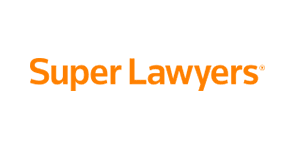

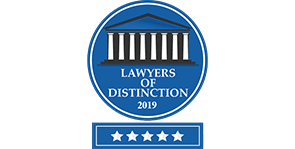
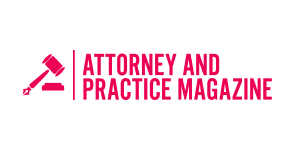
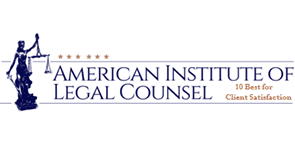
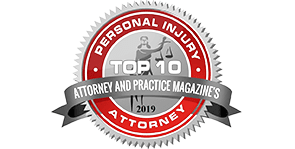
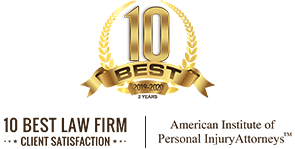
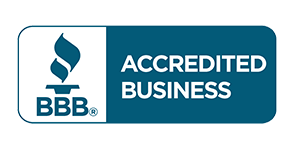
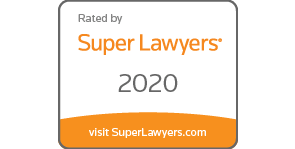
© 2022 MONTGOMERY STEELE LAW | ALL RIGHTS RESERVED | disclaimer

